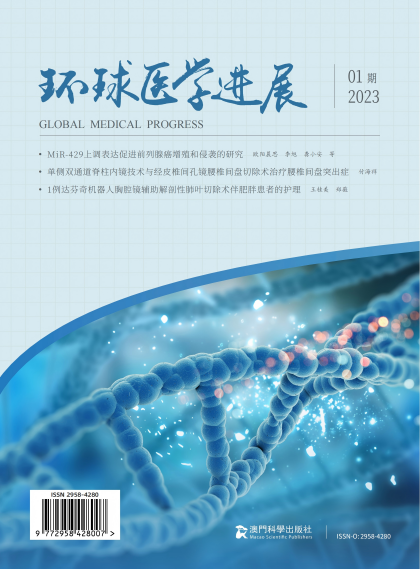摘 要:
目的 对比膀胱镜下留置双J管引流法与经皮肾穿刺引流法对于治疗尿源性脓毒血症合并梗阻患者的疗效及并发症发生率。方法 选取2020年7月至2023年7月在景德镇市第一人民医院住院治疗的69例尿脓毒血症患者,随机分为内引流组(n=37)采用膀胱镜下置入双J管,外引流组(n=32)采用超声引导下经皮肾穿刺造瘘术。比较两组感染指标(白细胞计数、中性粒细胞比率、降钙素原)、疗效指标(术后恢复时间)、置管成功率、并发症发生率以及严重并发症发生率。结果 内引流组严重并发症的发生率(50%)明显高于外引流组(16.7%),差异有统计学意义(P<0.05);但是在总并发症发生率、术后恢复时间及置管成功率的比较中两组无明显统计学差异(P>0.05)。结论 治疗尿源性脓毒血症合并梗阻时,膀胱镜下留置双J管引流法与经皮肾穿刺引流均能有效地控制感染,经皮肾穿刺引流能降低严重并发症发生率。
关键字:尿源性脓毒血症;感染性休克;支架;经皮肾造瘘
Abstract:
Objective To compare the efficacy and complication rate of cystoscope indwelling double J tube drainage and percutaneous renal puncture drainage in the treatment of urosepsis complicated with obstruction. Methods: A total of 69 patients with urosepsis who were hospitalized in the First People's Hospital of Jingdezhen from July 2020 to July 2023 were randomly divided into the internal drainage group (n=37) and the external drainage group (n=32). The infection indicators (white blood cell count, neutrophil ratio, procalcitonin), efficacy indicators (postoperative recovery time), success rate of catheterization, incidence of complications and incidence of serious complications were compared between the two groups. Results The incidence of serious complications in the internal drainage group (50%) was significantly higher than that in the external drainage group (16.7%), the difference was statistically significant (P < 0.05). However, there was no significant difference in the total complication rate, postoperative recovery time and the success rate of catheterization between the two groups (P > 0.05). Conclusions In the treatment of urosepsis combined with obstruction, both cystoscopic indwelling double J tube drainage and percutaneous renal puncture drainage can effectively control the infection, and percutaneous renal puncture drainage can reduce the incidence of serious complications.
Keywords: Urinary sepsis; Septic shock; Stents; Percutaneous nephrostomy was performed
--
